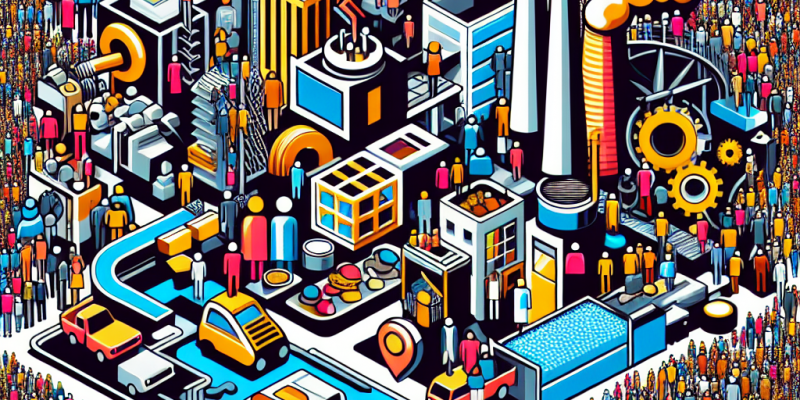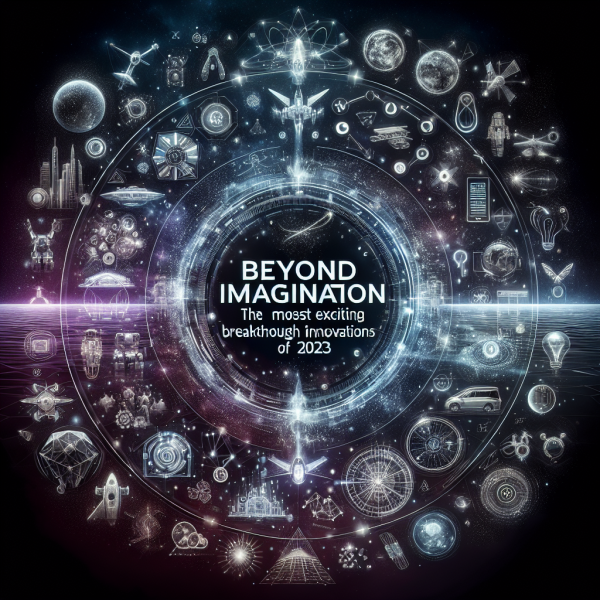Consumer Shifts: The Impact of Changing Preferences on Key Industries

Consumer Shifts: The Impact of Changing Preferences on Key Industries
In today’s rapidly evolving economic landscape, consumer preferences are undergoing significant transformations, with effects rippling through various industries. Factors such as technological advancements, environmental concerns, demographic changes, and the influence of social media are causing consumers to rethink what they want, how they shop, and the values they prioritize. Understanding these consumer shifts is crucial for businesses aiming to stay competitive and relevant. Below, we explore how changing consumer preferences are impacting key industries.
1. Retail: The Rise of E-commerce and Sustainability
The retail sector has been one of the most visible industries affected by consumer shifts. The meteoric rise of e-commerce was accelerated by the COVID-19 pandemic, which forced many shoppers to adapt to online purchasing. As a result, traditional brick-and-mortar stores are investing heavily in their online presence. Companies like Amazon have reshaped the consumer landscape, and even established retailers have adapted their business models to include a robust online strategy.
Moreover, increasing awareness of environmental issues is leading consumers to demand sustainable products. According to a 2021 survey from McKinsey, around 67% of consumers consider the environmental impact of their purchases. Retailers are responding by prioritizing sustainability through eco-friendly packaging, ethical sourcing, and transparency in supply chains. Brands like Patagonia and Unilever have effectively leveraged their commitment to sustainability, thus gaining customer loyalty and market share.
2. Food & Beverage: Health Consciousness and Plant-Based Trends
The food and beverage industry is witnessing profound changes as consumers prioritize health and wellness. The pandemic heightened awareness around diet and nutrition, prompting people to seek out healthier options. This trend is evident in the rising demand for organic, natural, and functional foods that offer health benefits, such as probiotics and adaptogens.
Moreover, the plant-based movement is gaining momentum. Consumers are looking for alternatives to meat and dairy, propelled by health consciousness, environmental considerations, and animal welfare concerns. Brands like Beyond Meat and Oatly are capitalizing on this trend, creating products that appeal not only to vegetarians and vegans but also to flexitarian consumers looking to reduce their consumption of animal products.
3. Technology: The Demand for Convenience and Connectivity
The technology sector thrives on meeting consumer demands for convenience and connectivity. With the increase in remote work and digital collaboration tools, consumers are opting for devices that enhance productivity and provide seamless connectivity. The rise of smart home devices and wearables exemplifies this shift, as consumers seek technology that integrates into their daily lives and improves their overall quality of life.
Additionally, app-based services such as food delivery, ride-sharing, and e-commerce platforms have transformed consumer expectations regarding convenience. As more people embrace these services, companies must innovate continuously to offer faster, more efficient solutions that align with consumer lifestyles.
4. Travel and Hospitality: The Experience Economy
The travel and hospitality industries are undergoing a renaissance driven by the so-called "experience economy." Today’s consumers prioritize experiences over material possessions, leading them to seek immersive travel opportunities. Whether it’s eco-tourism, wellness retreats, or cultural experiences, travelers are increasingly motivated by the desire to create lasting memories rather than simply visiting destinations.
Post-pandemic, there has also been a noticeable shift toward local and sustainable travel. People are more inclined to support local businesses and seek out travel experiences that contribute positively to communities. Hospitality brands are responding by emphasizing personalized experiences, community engagement, and sustainability in their offerings.
5. Fashion: The Move Towards Athleisure and Circular Economy
The fashion industry is also experiencing significant shifts, particularly towards casual, comfortable clothing as remote work becomes more common. Athleisure has surged in popularity, with consumers searching for versatile apparel that can transition from home to exercise or social events. Brands like Lululemon and Nike have successfully capitalized on this trend, focusing on performance and style.
Additionally, the circular economy is gaining traction as consumers become more conscious about the environmental impact of fast fashion. There is an increased interest in thrift shopping, clothing rentals, and upcycling. Brands like Rent the Runway and Depop are thriving on this shift, encouraging a more sustainable approach to fashion consumption.
Conclusion
The impact of changing consumer preferences is profound, shaping the strategies and operations of key industries. Companies must remain agile, responsive to trends, and committed to sustainability to succeed in this dynamic environment. By effectively addressing the needs and desires of today’s consumers, businesses can harness these shifts as opportunities for growth and innovation. In a world where the only constant is change, the ability to adapt to consumer preferences may very well determine the winners and losers of tomorrow’s marketplace.














